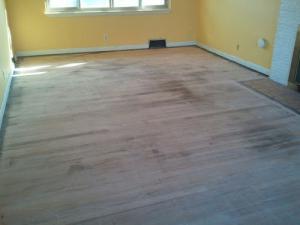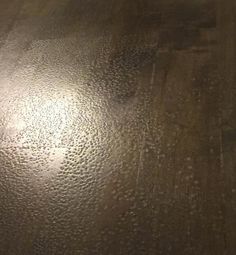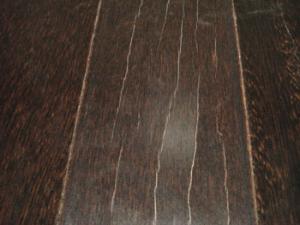Tannic Acid Stains Cause Wood Floors Problems but Royal Wood Floors Provides the Causes and Cures
Royal Wood Floors continues to cover hard wood floor problems and cures so that Milwaukee home owners can keep their hard wood floors beautiful - Series 15
MILWAUKEE, WI, UNITED STATES, January 23, 2017 /EINPresswire.com/ -- Royal Wood Floors specializes in hard wood floor refinishing and installing hard wood floors in the greater Milwaukee area and has been highly successful for over 15 years. “After servicing or installing a new floor, we make a point of providing the following as a special series of tips for every customer in order to ensure that their floors are protected and provide that stunning hard wood beauty for as long as possible”, says Keith Allman who owns Royal Wood Floors. He continues to say, “there are a variety of problems that can affect the beauty and life of hard wood floors and once these are isolated they can be handled properly so that the hard wood lasts for years the way it should”. Different types of hard wood floor damage can often times be dealt with through hard wood floor restorations. In this article we want to discuss problems such as Tannic Acid Discoloration that causes wood floor boards to look to better educate the homeowners that want to keep their hard wood floors beautiful and long lasting.Tannic Acid Discoloration
Tannic Acid discoloration/pull (also sometimes called tannic acid bleeding) is a dark greenish/brown coloration that may occur with a freshly applied coat of waterborne floor finish on a wood species that may contain high levels of tannic acid (in the wood floor business, typically oak). This discoloration develops in the surface of the wood and may partially bleed up in the applied finish. Tannic acid discolors when it gets in contact with materials that are alkaline by nature, such as ammonia. Tannic acid is water-soluble and may discolor when it gets in contact with iron (carpet staples) and water, which appears as a bluish/dark gray discoloration in the wood. Waterborne finishes are typically manufactured with pH adjuster (such as ammonia) and therefore are known to potentially contribute to tannic acid discoloration on wood containing higher levels of tannic acid.
The cause is excessively thick applied finish in localized areas (puddles, streaks, etc.). Not using a sealer well-suited for blocking or reducing tannic acid discoloration will also cause the problem. A sealer applied thinly in localized areas or areas missed by the sealer as well as applying a finish over a sealer that has not sufficiently dried will be a problem as well.
There are cures that you can do. The coating and the discoloration needs to be removed down to the bare wood down to the area before re-coating. Small areas can be taken care of using a sharp scraper and sand paper, but when the discoloration is widespread across the floor, it is often best to re-sand the entire floor. First apply a specially designed sealer (as recommended by the manufacturer of the finish) for reducing or preventing tannic acid discoloration. Apply this consistently, with leaving heavy or thin spots. When the sealer is abraded, abrade it lightly, moving along swiftly without abrading through the sealer coat. Then apply waterborne finish coats evenly without leaving puddles of finish in one area for too long, as puddles may cause an adverse reaction with tannic acid in the wood. A thinner first coat of finish will reduce the likelihood of adverse reactions with the tannic acid in the wood. Subsequent coats may be applied as thick as recommended by the manufacturer.
“The best way to prevent problems is to always do the research first or seek professional help. Then problems such as the ones described here can be prevented,” says Allman.
For more information about this experienced and professional hardwood floor restoration and new installation company, or to schedule repairs by these wood floor refinishing contractors, or learn about custom wood styles or the company’s inlay and medallion installation services, phone Keith Allman at 414-378-2066.
Easy estimates and appointments are currently available through the company’s website, http://royalwoodfloor.com/. The company provides top craftsmanship and cares for many types of custom and domestic wood. Visit the company’s website for examples of previous work.
Keith Allman
Royal Wood Floors
414-378-2066
email us here





